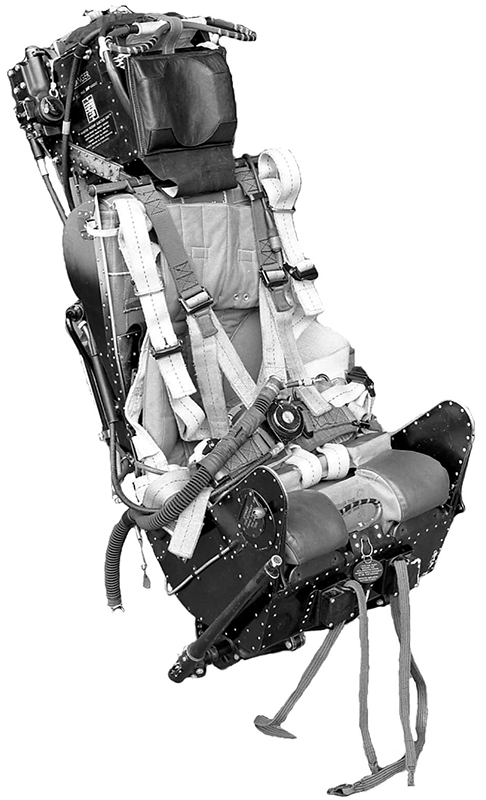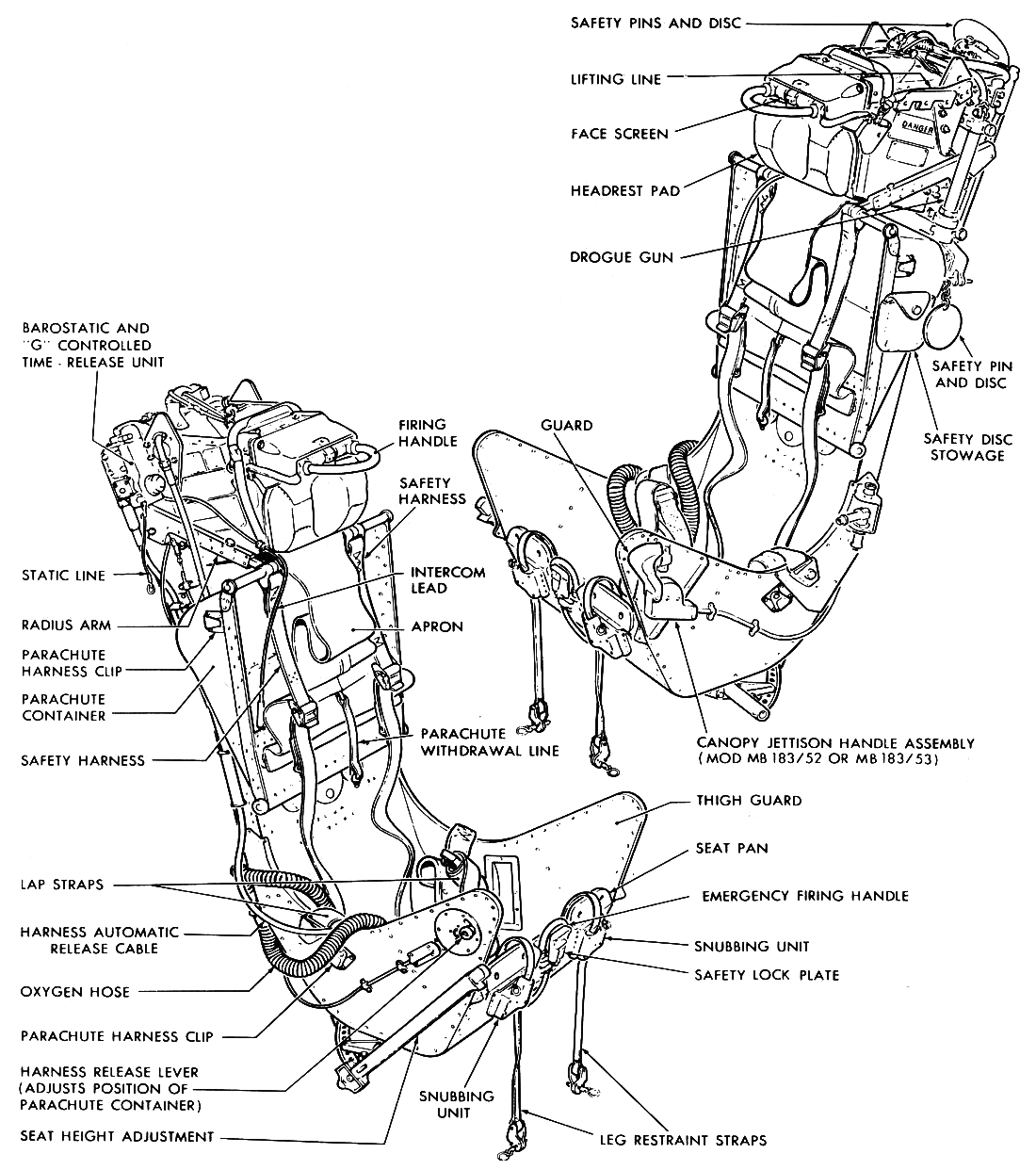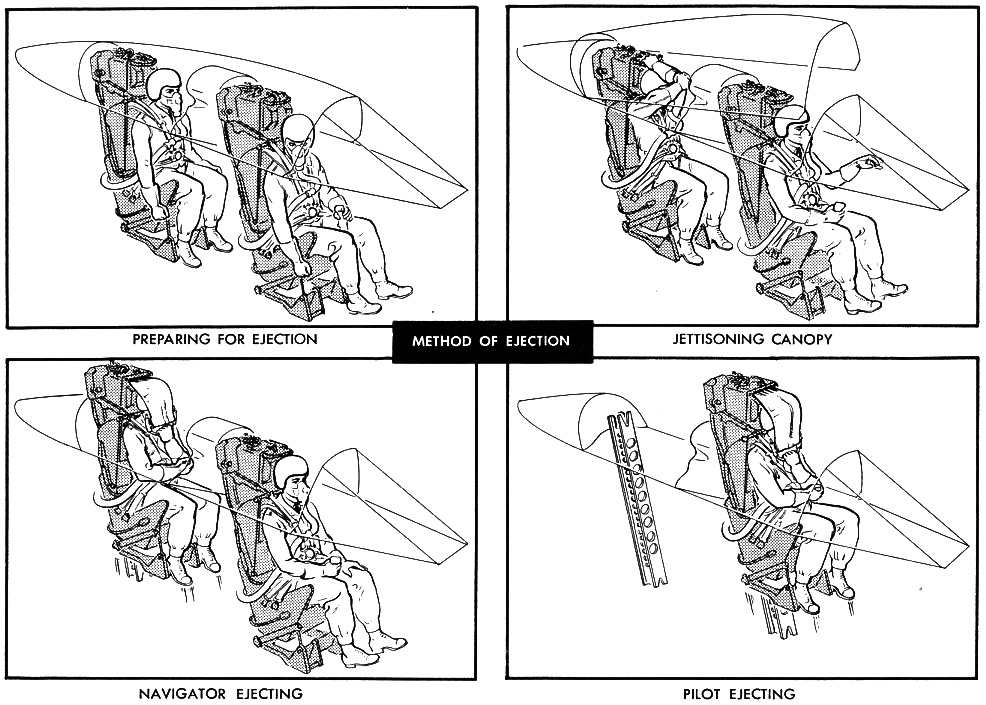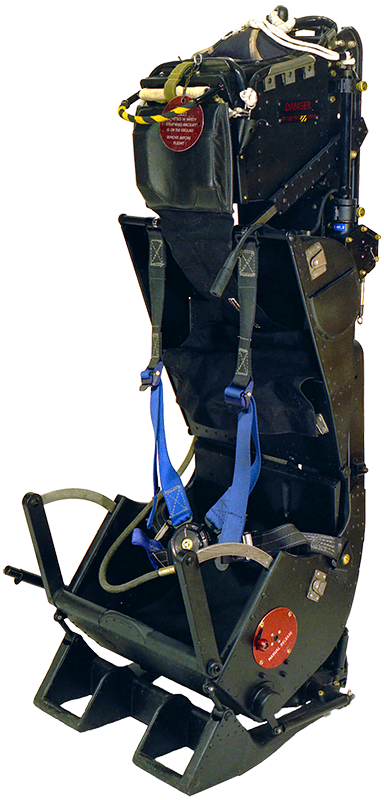Design - Operation - Specifications - Aircraft
| Operation | |
|
| Specifications | ||
|
||
|
||
| Aircraft | ||
|
||
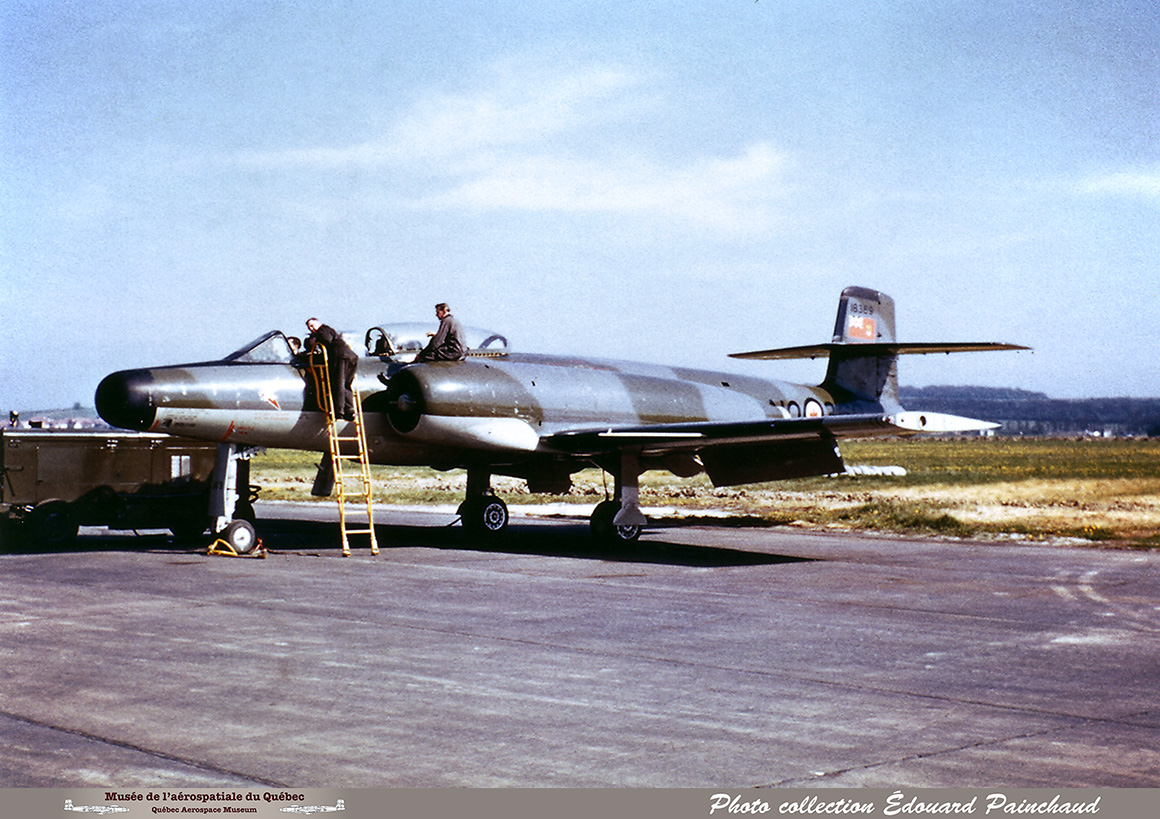 |
Avro CF-100 Canuck Édouard Painchaud collection |
|
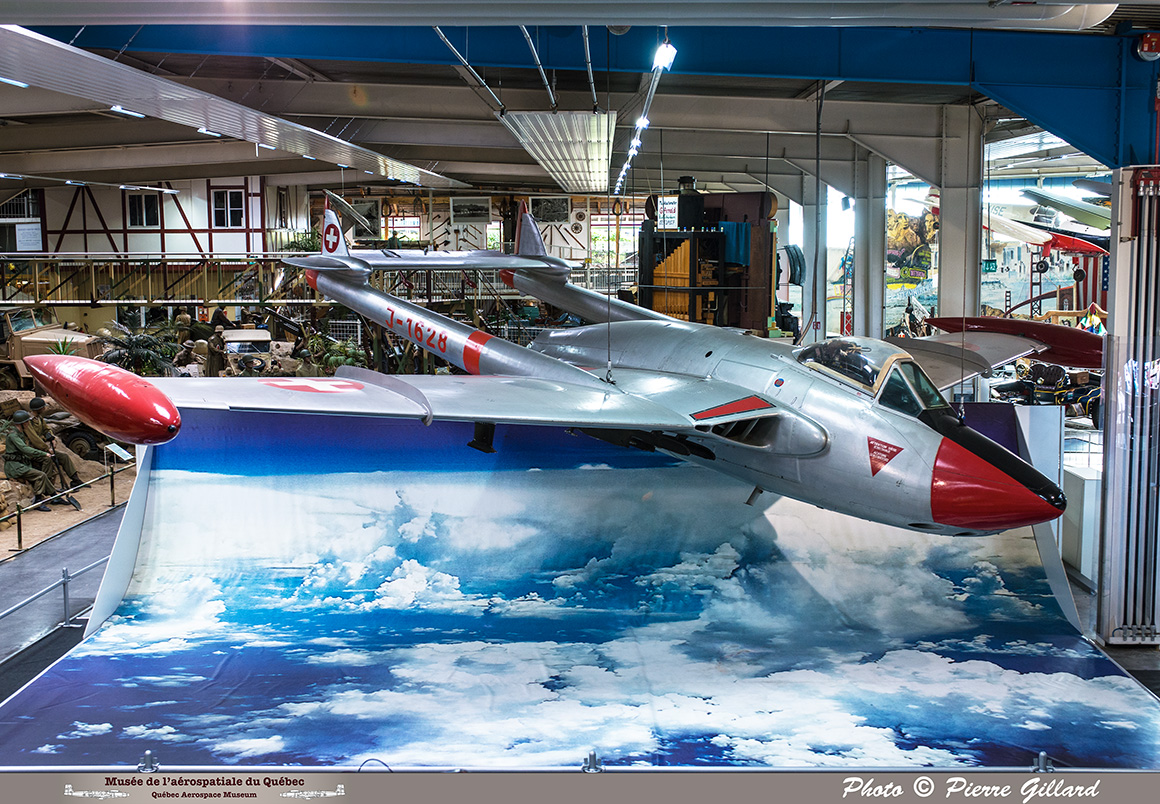 |
De Havilland DH112 Venom Pierre Gillard photo |
|
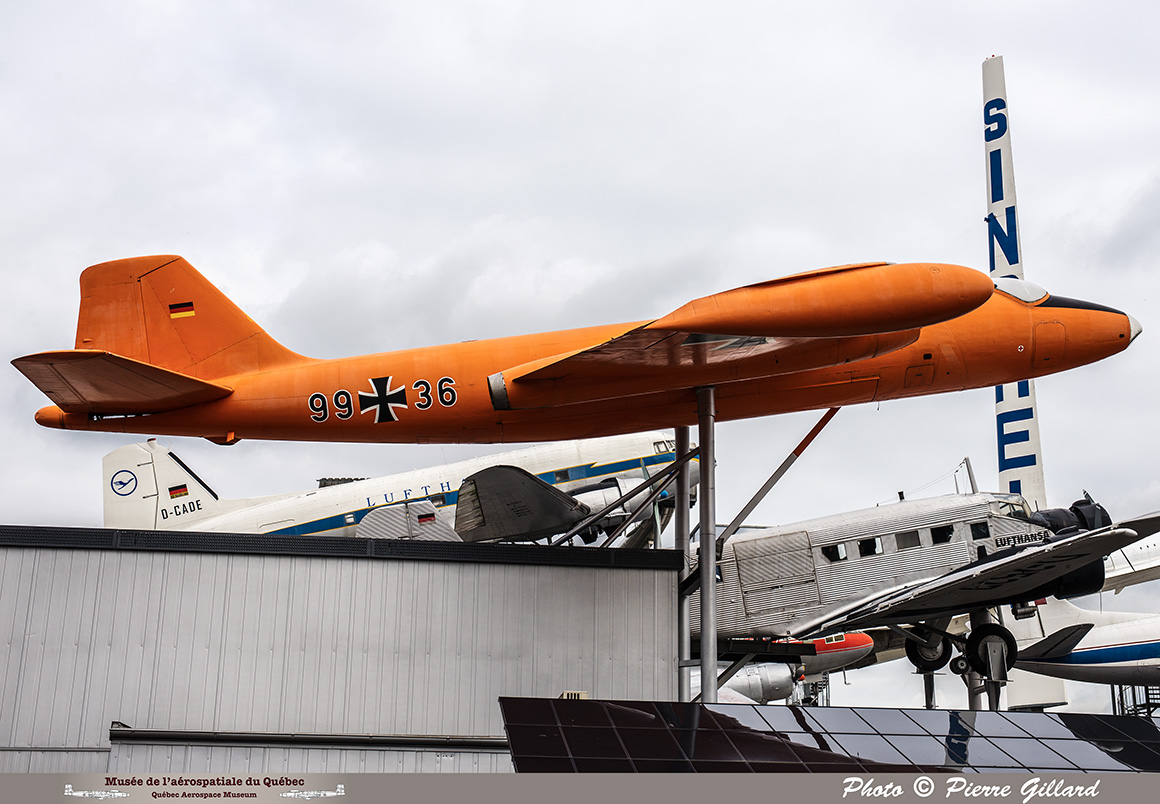 |
English Electric Canberra Pierre Gillard photo |
|
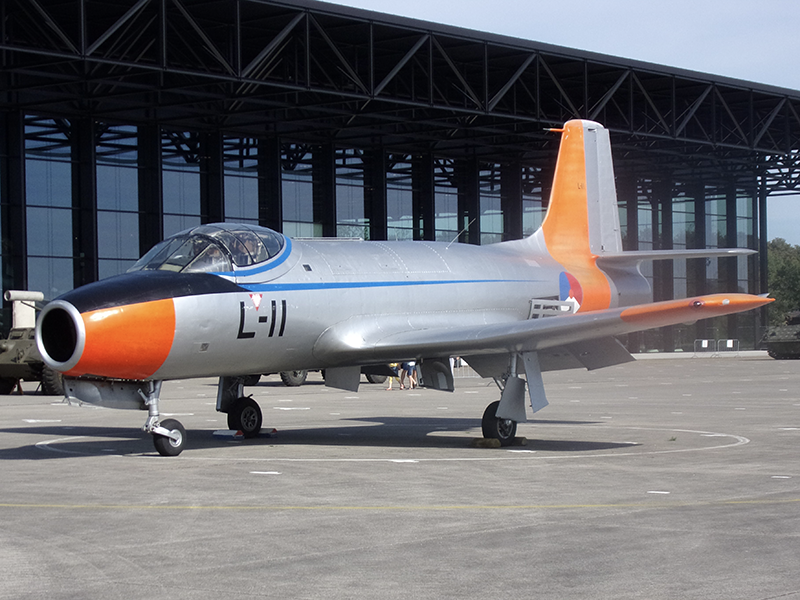 |
Fokker S.14 Machtrainer Lijn 45/Wikimedia photo |
|
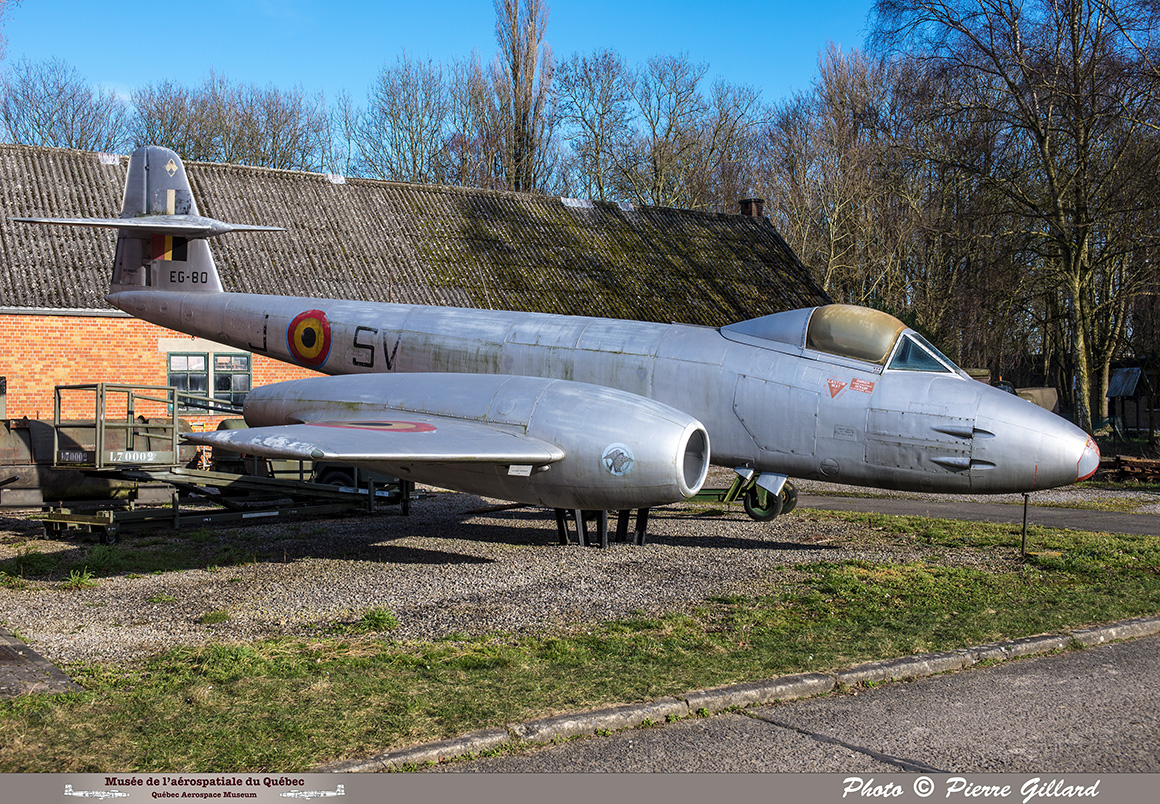 |
Gloster Meteor Pierre Gillard photo |
|
 |
Hawker Hunter Pierre Gillard photo |
|
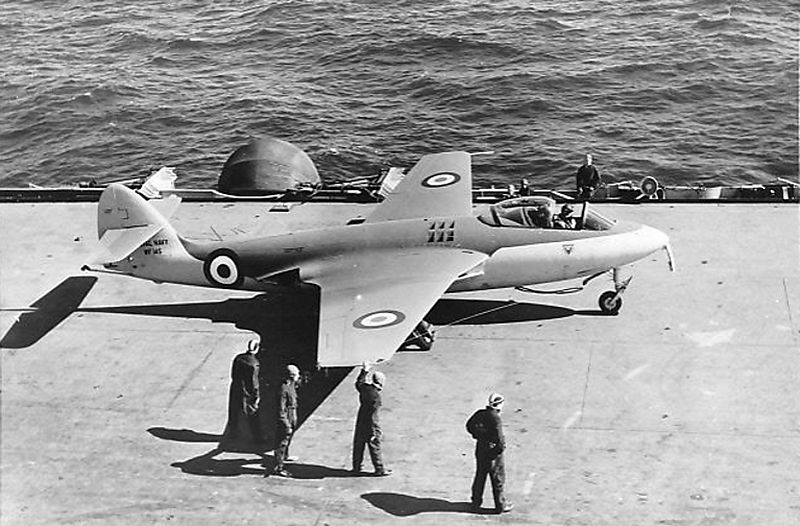 |
Hawker Sea Hawk U.S. Navy photo |
|
 |
Supermarine Attacker BAE Systems photo |
|
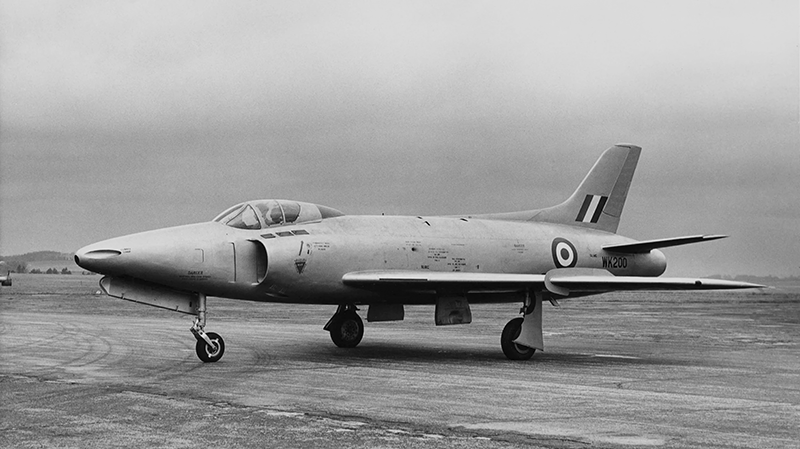 |
Supermarine Swift BAE Systems photo |
|
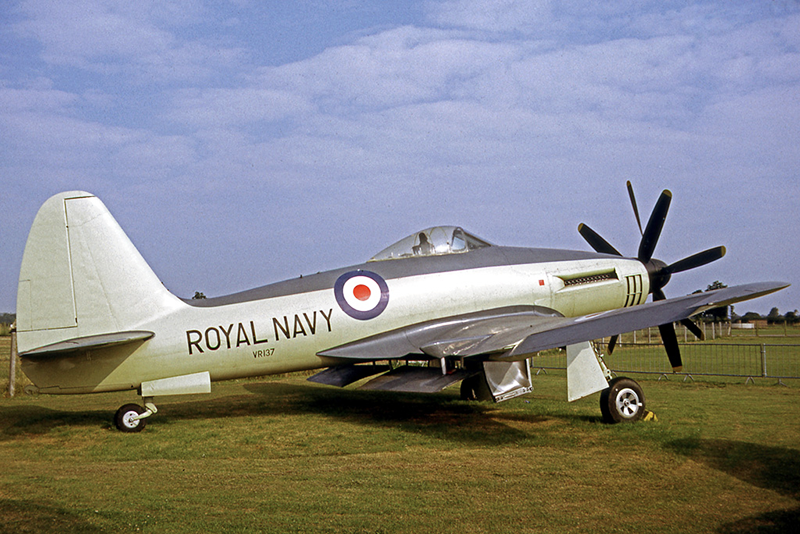 |
Westland Wyvern Ruth AS/Wikimedia photo |
|
Last update: 11-12-2023.
© Pierre GILLARD & Pierre MÉNARD - Pictures: Martin-Baker


